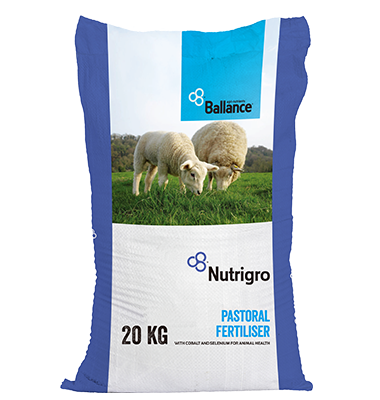
Lifestyle farming is a very popular pursuit in New Zealand. Although smaller in size than large-scale commercial farms, lifestyle farms still require good management to ensure high productivity and animal health.
Regular soil testing and application of fertiliser and/or lime will help to maintain soils and support both pasture growth and quality.
Many factors influence the type and amount of fertiliser a farm needs. These include past fertiliser history, soil type, aspect, local climate, rainfall, land use, stock type and stocking rate.
The only way to be sure of your fertiliser and lime requirements is to take soil and herbage tests. Soil tests on small blocks should be taken once every three years, at least three months after the last application of fertiliser or lime.
Click here to find out more about Fertiliser for small blocks
Applying fertiliser
- Apply evenly
Fertiliser should be applied evenly and in a way that does not risk harm to the environment. Using a calibrated spreader is important as it helps deliver the correct rate. - Do not apply during winter
Nitrogen-containing fertilisers such as Nutrigro should be applied when conditions favour grass growth. They should not be applied in winter, as plant growth is too slow to take advantage of the nutrients. - Do not apply to waterways
Fertiliser should not be applied when soils are saturated with water, or when heavy rain is forecast. They should not be applied to waterways. - 10 Day gap before letting livestock graze
Care must also be taken to avoid impacts on stock. If animals ingest phosphate fertiliser, they can succumb to fluorosis, also known as phosphate poisoning. To minimise the chance of this occurring, try to allow a 10-day gap between fertiliser application and putting stock back on the land to graze. - Do not apply on wet pastures
Be careful not to apply fertiliser to wet pastures (e.g. when dew is present), as this will cause fertiliser particles to stick to the grass and increase the amount of phosphate ingested by stock. Ideally, 25mm of rain should fall before stock graze land that has received phosphate fertiliser.
Further advice on good spreading practice can be found at www.fertiliser.org.nz
Storage and safety
Store securely.
Read all special instructions and safety data on packaging before use.
IMPORTANT DOCUMENTS







